April 18, 2025 | 15:13 GMT +7
April 18, 2025 | 15:13 GMT +7
Hotline: 0913.378.918
April 18, 2025 | 15:13 GMT +7
Hotline: 0913.378.918
After Cambodia's Funan Techo canal project was popularized at the meeting in Can Tho on April 23, 2024, what the experts' concerns were highly appreciated. Experts opinions are evaluated when based on a scientific and knowledge.
Some recent articles have "sensational" titles such as Cambodia digging the Funan Techo Canal will upset the Western ecosystem; The Funan - Techo Canal can take up to 50% of the Mekong River's water; The Funan Techo Canal could push Cambodia away from Vietnam towards China, making people confused and leaders also confused, worried, and concerned.
On August 8, 2023, Cambodia sent a notice to the Secretariat of the International Mekong River Commission (MRC) about the Funan Techo inland waterway project. Some information about the canal route:
- Length x width x depth of the canal: LxBxH = 180 km x 50m x 4.7m;
- There are 3 locks to control water levels and navigation (LxBxH: 135x18x5.8 m); The average maximum daily flow through the lock is 3.6 m³/s.
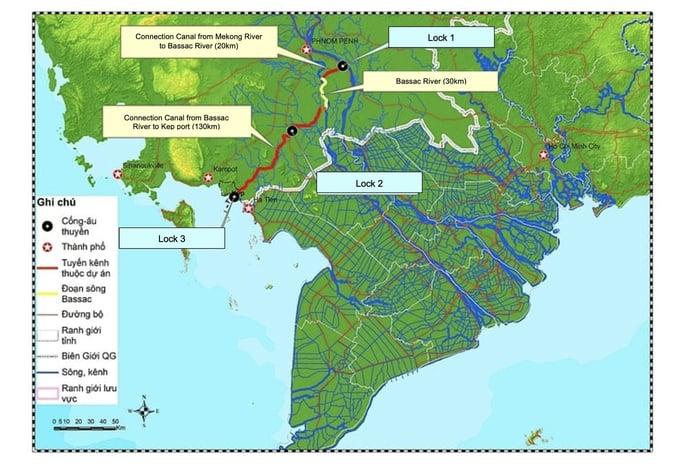
Illustration of the location of the Funan Techo waterway and the location of 3 locks.
Potential water resources of the Mekong River
The Mekong River basin has an area of about 795,000 km², flowing through the territory of 6 countries: China, Myanmar, Laos, Thailand, Cambodia, and Vietnam, with a mainstream length of 4,800 km and a total annual flow volume of about 475 billion m³. The Mekong River ranks 21st in the world regarding basin area, 12th in length, and 8th in total flow.
| No. | Country name | Area in the basin (km²) | % compared to the total basin area | % of the total area of each country | % flow contribution |
| 1 | China | 165,000 | 21 | - | 16 |
| 2 | Myanmar | 24,000 | 3 | - | 2 |
| 3 | Laos | 202,000 | 25 | 97 | 35 |
| 4 | Thailand | 184,000 | 22 | 36 | 18 |
| 5 | Cambodia | 155,000 | 20 | 86 | 18 |
| 7 | Vietnam | 65,000 | 9 | 20 | 11 |
| Total area: | 795,000 | 100 | Total annual flow: | 475 km³ |
Table: Compile information on area and flow contributions from countries in the Mekong River basin
Flow distribution to the Mekong Delta
The average flow distribution to the Mekong Delta in the period from 1995 to 2020 through Tan Chau and Chau Doc is about 12,450 m³/s, corresponding to a total volume of 394.2 billion m³. The slightest average monthly flow is 3,114 m³/s with a total 8.1 billion m³/month volume.
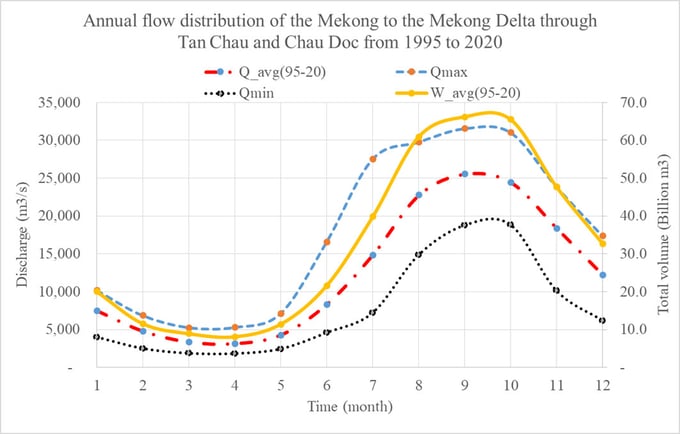
Annual flow distribution of the Mekong to the Mekong Delta through Tan Chau and Chau Doc.
Development scenarios:
To consider the impact in the most unfavorable case, beyond the Cambodian side's announcement, what is the impact of the Funan Techo canal route?
- Case 1: If the maximum daily average flow through the canal is controlled at 3.6 m³/s.
- Case 2: The locks are continuously open freely in both flood and dry seasons (no control of flow through the locks as announced by Cambodia at 3.6 m³/s).
- Case 3: same as case 2 (continuous open locks) combined with agricultural water supply in Kandal, Takeo, Kampot, and Kep provinces.
According to hydraulic calculations and my experience in the Mekong river basin, through studying the terrain and farming areas in the southwest of Cambodia, the area that can be irrigated from the Funan canal is about approx. 60,000 to 80,000 hectares equals an estimated increase in irrigation flow of about 50-70 m3/s.
Therefore, compared with the flow of the Mekong River, people with expertise in hydrology and hydraulics heard information and comments that digging the Funan Techo canal would take about 50% of the Mekong River's water towards Vietnam and the island. Confusing the Western ecosystem is completely "arbitrary."
The hydraulic simulation results are summarized as follows:
If Cambodia implements the project and operates the canal according to the design notified to the Mekong River Commission, the maximum average daily flow through the canal is controlled at 3.6 m³/s. Compared to the Mekong River's potential water resource capacity to the delta through Tan Chau and Chau Doc, which is 12,450 m³/s, the project's impact on Vietnam's Mekong Delta is insignificant.
However, in cases 2 and 3, when the sluices are entirely open to allow water in the canal to flow freely to Kep port, combined with irrigation, the project will significantly impact the flow regime and the amount of sediment arriving. Mekong Delta simultaneously increases the area of saltwater intrusion deep into the delta. With the goal of serving navigation purposes and, if combined to serve the expansion of irrigation area as I analyzed above, the project will be able to reduce the amount of water on the Hau River (Bassac River) by 5-13% during the dry season. , from 2-6% during the rainy season. At the same time, the flow on the Tien River (Mekong River) will likely decrease by 2-4% in the dry season and by 1-3% in the rainy season.
The decrease in flow to the Vietnam Mekong Delta will cause deeper saltwater intrusion on both the Tien and Hau Rivers at a larger scale and earlier (occurring in December and January every year). At the same time, the amount of sediment reaching the Mekong Delta, which has decreased in recent years due to China's upstream dams, will continue to decrease due to the implementation of the Project. In addition, the decrease in flow and water level will also affect the ecological environment, reducing the survival space of the freshwater ecosystem.
Due to the increase in deep saline intrusion to a more considerable extent and earlier, it may coincide with the time of water supply for the Winter-Spring crop in the Mekong Delta, affecting people's production plans and the rice manufacturing industry of the region.
Solutions and lessons from cooperation in exploiting the Mekong River
For more information, within the framework of the 1995 Mekong River Agreement, Vietnam has the right to request the Cambodian to cooperate and provide additional information to the Mekong River Commission and Vietnam regarding:
i) Operating procedures for 3 locks;
ii) Other purposes of the canal such as serving agricultural production, how many hectares is the specific area irrigated;
iii) Connections of the canal route with the existing river and canal system where the navigation canal route crosses;
iv) Solutions to ensure safety when an incident occurs.
At that time, the adverse impacts caused by the canal route will be fully calculated and mitigation solutions will be proposed. Coordination between the two countries in the spirit of cooperation will further strengthen the relationship between the two neighboring countries in the lower Mekong basin to cope with the impacts of hydropower and agricultural development activities on the upper part of the Lower Mekong River from China, causing the reduction of flood flow, sediment, and aquatic resources, and the flow to be low and un-follow the natural principles.
There is nothing better than letting the Cambodian experts themselves convince their authorities. A joint research group should be established between MRCS, Vietnam, and Cambodia. As a result, the parties will agree on the project impact assessment and solutions to minimize adverse impacts and meet the competent authorities' requirements in Vietnam and Cambodia.
I have a very valuable and practical lesson. In the late 1990s, Cambodia responded and criticized Vietnam for digging canals and embankments in Dong Thap Muoi, causing water levels to rise and flooding the Cambodian side. I invited 3 Cambodian experts to the Southern Institute of Irrigation Planning to sit together and calculate and test hydraulic models with Vietnamese experts. At that time, there was no popular Danish MIKE model set, so we proactively provided the experts with VRSAP modeling software by the late Associate Professor - Labor Hero Nguyen Nhu Khue (including the source program). Simulation results show that the water level rise due to the impact of the canal embankment on the Vietnamese side is insignificant, and there are solutions to minimize it. It was the Cambodian experts who, upon returning home, convinced their country's leaders, so everything ended happily.
What needs to be learned from the recent information that has caused public confusion is that:
i) Vietnam's authority agencies have also made initial assessments based on the information shared by Cambodia and provided to the government that the initial assessment results show that in worse cases, the impact of the canal route is insignificant;
ii) Some articles deal with sensitive issues but have unreliable access sources, lack verification, and have untrue headlines, pushing public opinion against the goal of friend and neighborship relations between Vietnam - Cambodia as well as commitments and agreements on cooperation in the Mekong River countries, including Vietnam and Cambodia.
The concern about the Funal Techo channel expressed through some experts' statements at the Can Tho meeting is necessary. Still, avoiding exaggerating or "overstating" to attract views is necessary until the data is proven through calculations and reality. It will discredit not only the individual but the entire country.
Cambodia's Funan Techo inland waterway route, located entirely on Cambodian territory, is considered a development right, consistent with its cooperation and development interests. Cambodia has notified about the project according to the 1995 Mekong Agreement, although the flow they expect through the canal is very small.
Assuming that, after construction, Cambodia's Funal Techo inland waterway transportation project is supervised and carried out in accordance with Cambodia's notification to the Mekong River Commission, the water loss of 3.6 m³/s is very small compared to the potential flow of the Mekong River. If this canal route is used for multiple purposes, combining increased agricultural production along the Funal Techo waterway, the impact of water diversion will be greater. Still, it is insignificant compared to the potential water resource of the Mekong River.
Furthermore, these impacts can be minimized entirely through cooperation with the Mekong River Commission and monitoring and controlling the water flowing through the ship locks following Cambodia's notification.
The Ministry of Natural Resources and Environment, especially the Vietnam National Mekong Committee, needs to enhance its role and coordinate closely with the Mekong River Commission Secretariat, Cambodia, and MRC's member countries to promote the implementation of research on the impacts of the Project; At the same time, propose measures to minimize and monitor the impact of the Funan Techo canal project and upstream developments in general to more closely support the sustainable exploitation management of the Mekong River basin's water resources for the common benefit of the entire basin.
Translated by Quynh Chi
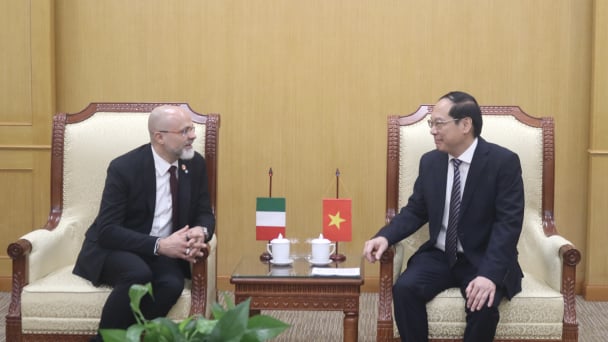
(VAN) During the working session with Deputy Minister Le Cong Thanh, Professor Francesco Corvaro, Italian Climate Change Envoy, reaffirmed Italy's commitment to supporting Vietnam in climate change response.
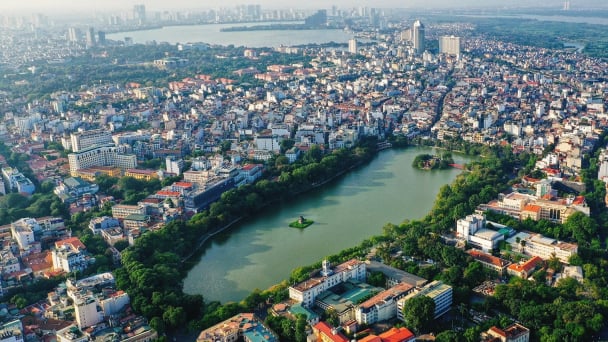
(VAN) After the merger, key leadership personnel of the provinces must consult with the General Secretary, key leaders, and the Standing Secretariat.
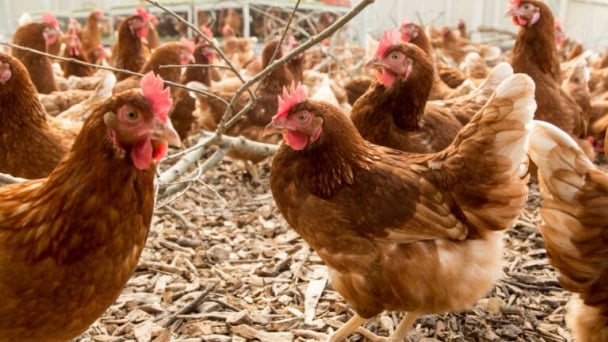
(VAN) The latest Business Benchmark on Farm Animal Welfare (BBFAW) reveals steady progress on farm animal welfare across the global food industry.

(VAN) Green credit is a financial policy that effectively supports environmentally friendly projects and activities today.
/2025/04/09/1049-2-165919_630.jpg)
(VAN) With a revenue of less than VND 30 billion/year, packaging producers are exempted from EPR liability under Decree No. 05/2025 newly issued.
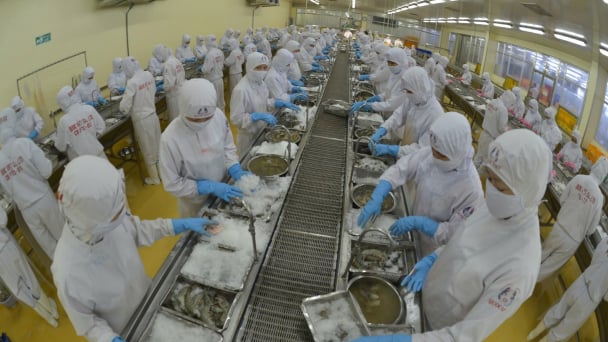
(VAN) Ministry of Agriculture and Environment has issued an Action Plan for sector's development in the coming period, aiming for a growth rate of 4% or higher and an export turnover of USD 65 billion.
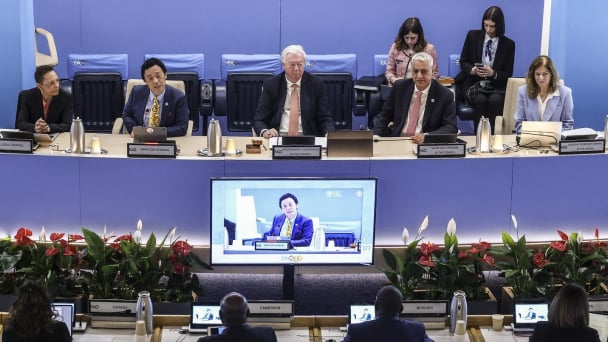
(VAN) The 177th Session of the FAO Council opened on Monday at the Organization’s headquarters in Rome.